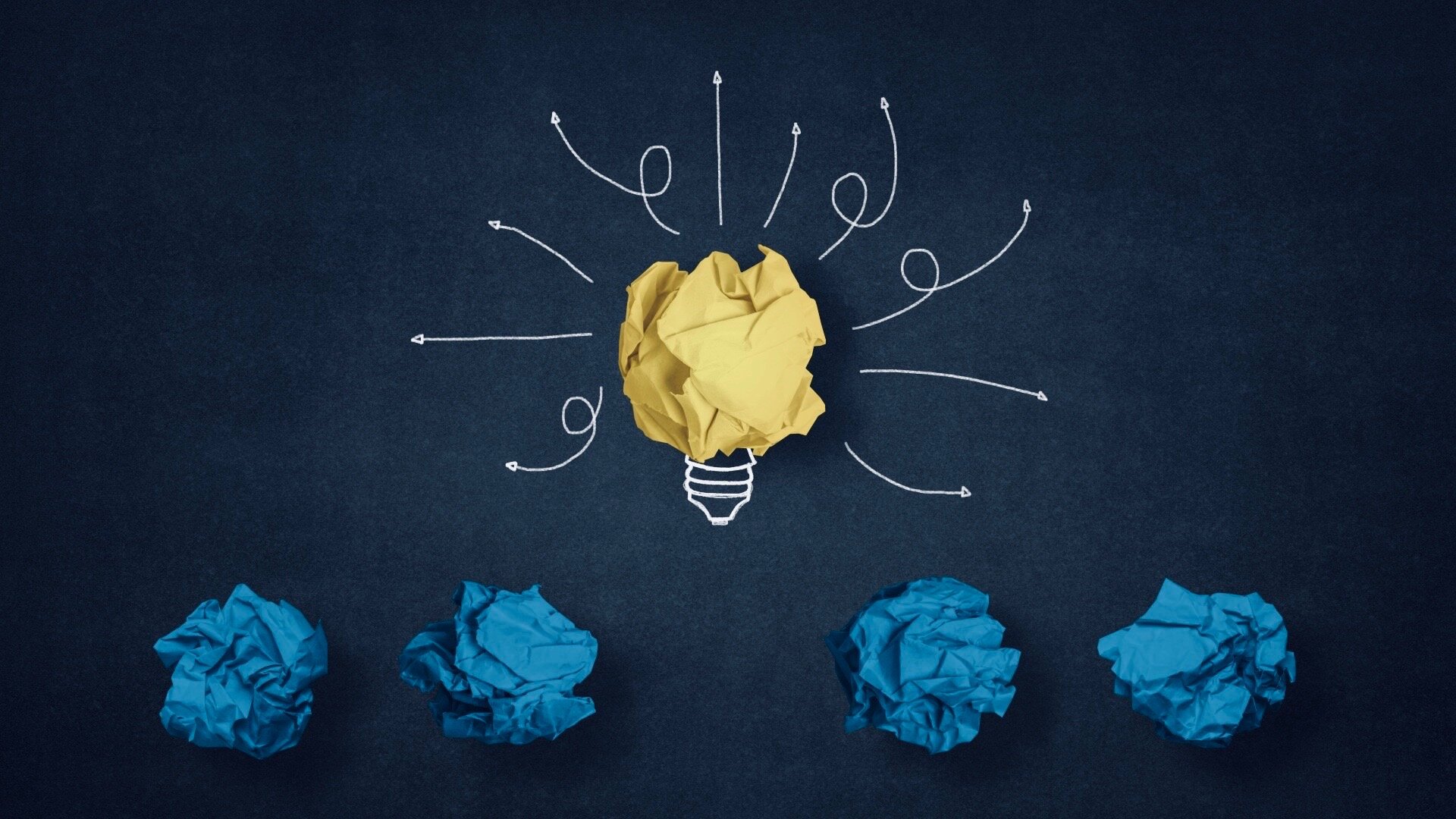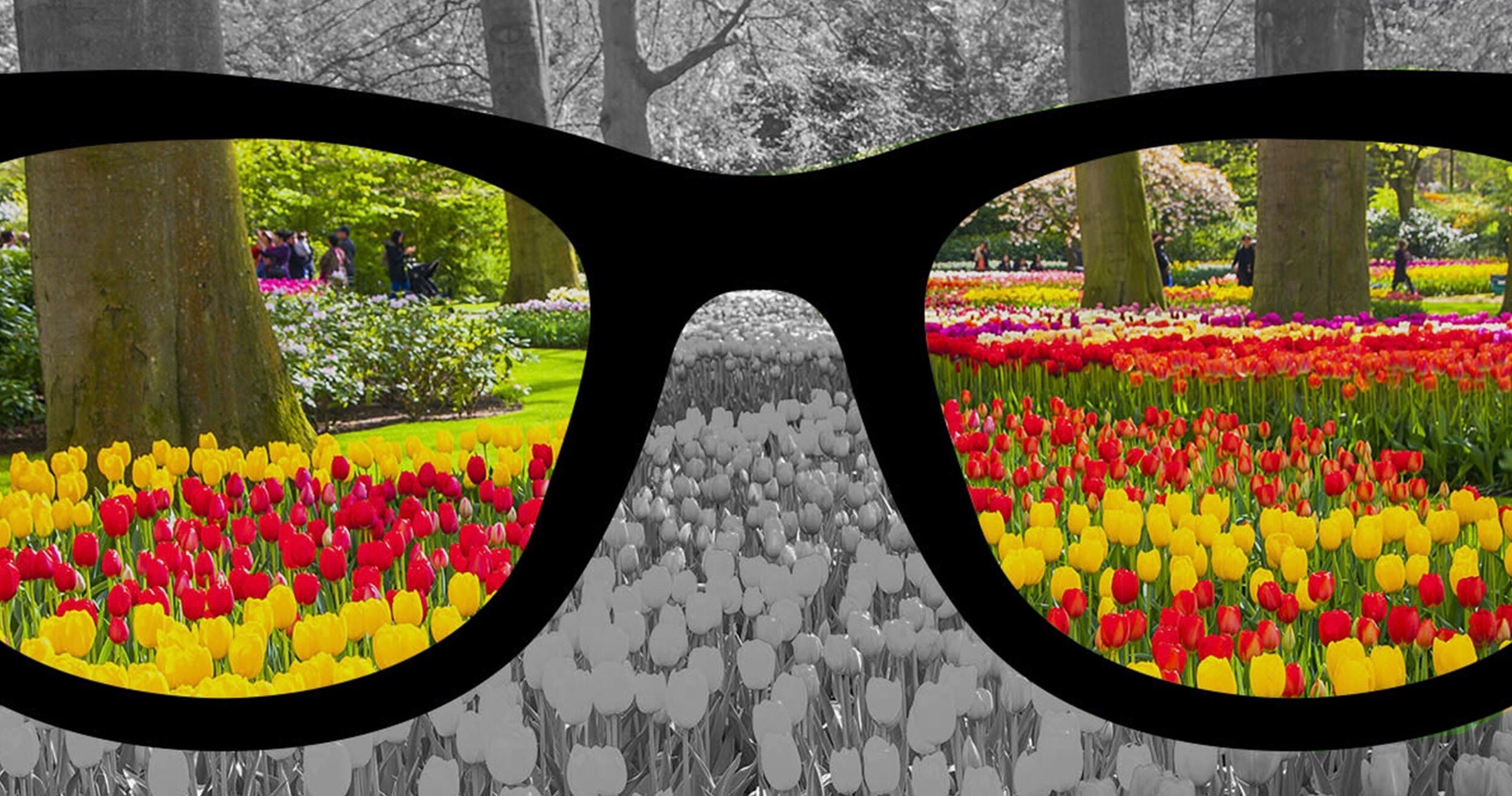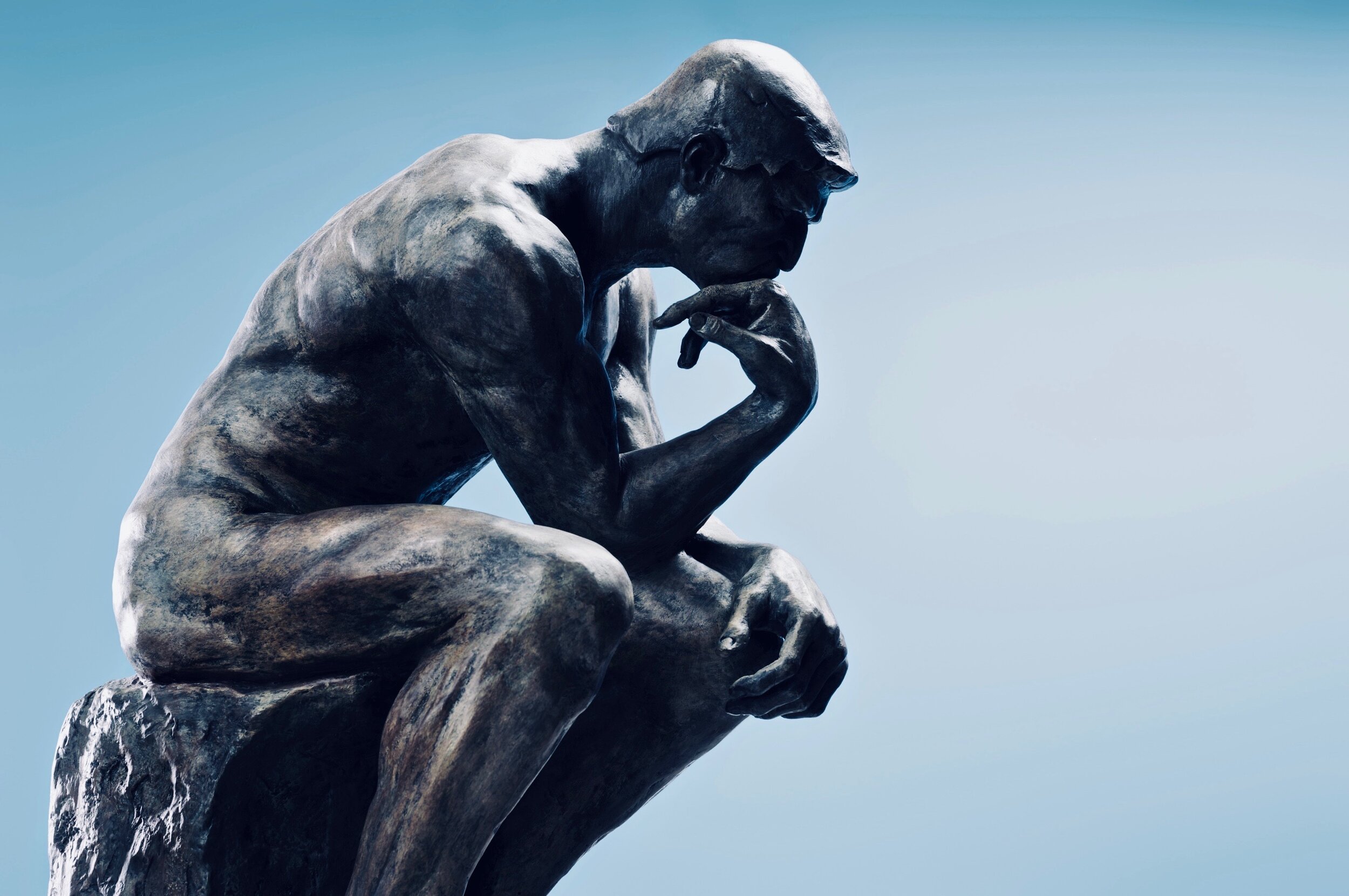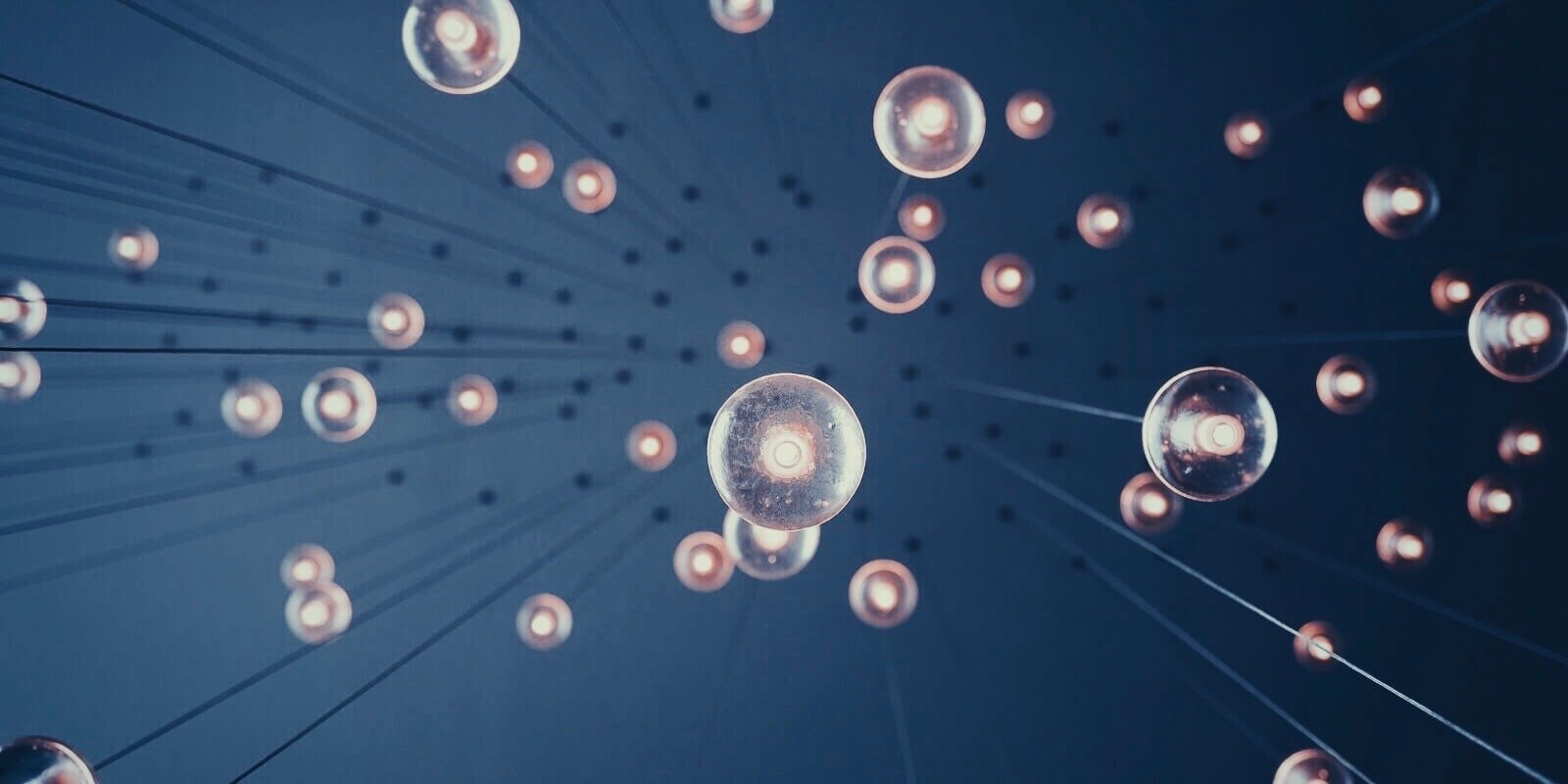The Science Behind Cannabis and Creativity
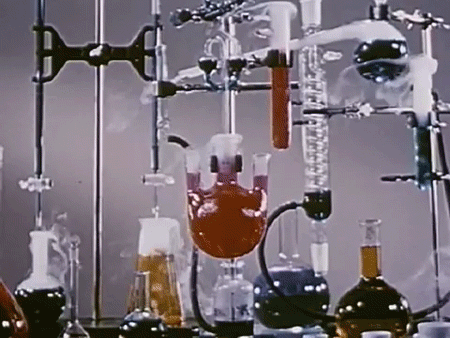
The Science Behind Cannabis and Creativity
Cannabis has been used by artists for thousands of years to help provide them with the proper mindset to create art. Cannabis allows people to live in the moment and embrace new thoughts as they come to them. People feel less inhibited on cannabis because they are able to relax and connect more deeply with themselves and their surroundings
What is creativity?
Simply put, creativity is the ability to produce original and valuable ideas that override the norm. It drives social progress and affects all aspects of life, from science to the arts. However, the muse, the inspiration, the impulse, the spark for creative expression doesn’t just magically appear. It is nurtured through a series of diligent, systematic daily efforts; stimulated by personal drive; and unlocked from the mysterious recesses of the brain. Various scientific studies have focused on observing and understanding creative expression in the brain, highlighting various regions that can be activated (and deactivated) and are intrinsic to the creative process. Cannabis, can be a key to unlocking those areas of the brain, stimulates creative output and boosts your ability by interacting with those areas.
How Does Cannabis affect creativity in the brain?
Cannabis’ ability to stimulate blood flow to the frontal lobe and allow neurons to fire in a more uninhibited way are just a few of the potential scientific explanations for the creative prowess that cannabis appears to bestow upon people.
Creativity is associated with the brain’s frontal lobe or prefrontal cortex (PFC), and as cannabis intake increases so does cerebral blood flow (CBF) to this area, making it more active and stimulating creative output in two ways. First, cannabis activates the area near the brain’s nucleus accumbens, which correlates to increased creativity. The prefrontal cortex regulates the activity of the nucleus accumbens, and the release of dopamine. Generally, a positive mood enhances creative problem solving and thinking.
Second, the prefrontal cortex is where divergent thinking, a common scientific measure of creativity, develops. This type of thinking explores many solutions to a problem in a more spontaneous, free-flowing or non-linear manner (brainstorming). Since creative thinking involves breaking with convention and developing alternative behaviors in unexpected ways, creativity is considered to be a particular form of problem solving and relies on cognitive processes such as working memory, mentalizing and abstract thinking. These functions depend largely on the integrity of the prefrontal cortex, essential for behavioral adaptation and integrating these functions. A key variable in all of this is personal experience. The prefrontal cortex enables adaptive behavior according to a person’s individual objectives and their context, and takes into account past experiences and needs.
Lastly, Cannabis is also a creative maximizer in how is deactivates certain aspect of the brain. One of the biggest inhibitors to creative ideation and divergent thinking is in judging those ideas, or convergent thinking, as they emerge. There is a region in the brain called the dorsolateral prefrontal cortex (DLPFC) that is connected to planning, inhibition and self-censorship as well as cognitive control over emotions. Slowing it down or deactivating that area has been suggested to play a role in altered states of consciousness such as daydreaming, meditation and REM sleep (all are patterns of brain activity that can enhance the creative process). Because cannabis can suppress these functions, and allow you to focus more on imagination, ideas tend to flow more freely when using cannabis. Now, this does not mean that al of your ideas will be great ones, but that is not the point. The point of creativity is to create. Having one great idea out of ten, is better than having no ideas, or several highly inhibited ideas.
Pilgrim Soul is the first cannabis brand created to enhance creative performance. For more information, visit pilgrimsoulcannabis.com.
Four Specific Ways People Use Cannabis for Creativity
Hyperfocus - One of the most fundamental effects of cannabis is hyperfocus of attention and an intense perception of the here-and-now of existence. You do not look at an object anymore under pragmatic aspects but start to explore its colors, surfaces, shades under a different perspective, like an artist or a scientist scrutinizing its nature.
Pattern Recognition - It enhances our ability to extract similarities between seemingly unrelated concepts, objects, processes, or patterns. Suddenly they link seemingly unrelated structures, processes, or concepts, a process which is for instance crucial for the invention of new ideas.
Enhanced Imagination - cannabis creates an enhanced ability for imagination; chefs have reported how they can better imagine the taste of combinations of food during a high, and musicians describe an enhanced ability to imagine melodies played by various instruments.
Empathetic Understanding - Cannabis users often experience an enhancement of their empathic skills during a high, like a writer feeling they are better able to slip into another personality and to creatively write fiction involving the feelings of various characters. An enhanced ability to see the world through the eyes of others can help to come up with new perspectives and ideas.
How to use cannabis for creativity.
Keep in mind that before you rush into using cannabis to elevate your creative output, be mindful of your strain of choice, dosage and environment. Yes scientific and anecdotal evidence from cannabis users suggest that it enhances creativity. Remember the Steve Jobs quote: “The best way I could describe the effect of the marijuana and hashish is that it would make me relaxed and creative.” Research agrees and suggests that aspects of creative performance can be improved with cannabis but…..
Start with a lower THC dose and build from there. Studies have shown that higher THC content can actually impair divergent thinking, promote anxiety or cause racing thoughts. Some creative experiences will call for an edible (long painting or sculpting sessions) while another vaporizing (brainstorming or writing). Strains that contain a ratio of THC to CBD can be helpful, as CBD can stimulate a more focused and productive session. A sleepy strain will not motivate creative work nor will a strain that makes you feel couch locked. You want to feel open and ready, with stamina and composure to get things done. Finally, make sure your surroundings are conducive to creativity. For some, this might mean an organized, de-cluttered space brightly lit with music, while others may prefer to explore a messy desk, making connections between various items, and listen to ambient sounds. While science suggests that the prefrontal cortex (PFC) plays a crucial role in the cognitive functions necessary for creative thinking and cannabis can enhance that experience, the mind tools you choose will help determine how far you can push your creative boundaries.
RESEARCH: HOW CANNABIS WORKS ON THE BRAIN
Article https://www.ncbi.nlm.nih.gov/pmc/articles/PMC4336648/
https://medmen.com/blog/lifestyle/how-weed-enhances-creativity
Divergent & convergent thinking study on cannabis
Delta-9-tetrahydrocannabinol (THC), the main psychoactive compound present in the Cannabis sativa plant, has been found to reduce inhibitory control (McDonald et al. 2003) and stimulate striatal dopamine (DA) release (Bossong et al. 2009; Kuepper et al. 2013). These features of THC intoxication, in turn, are expected to play a role in particular aspects of creative thinking (Akbari Chermahini and Hommel 2010; Hommel 2012).


